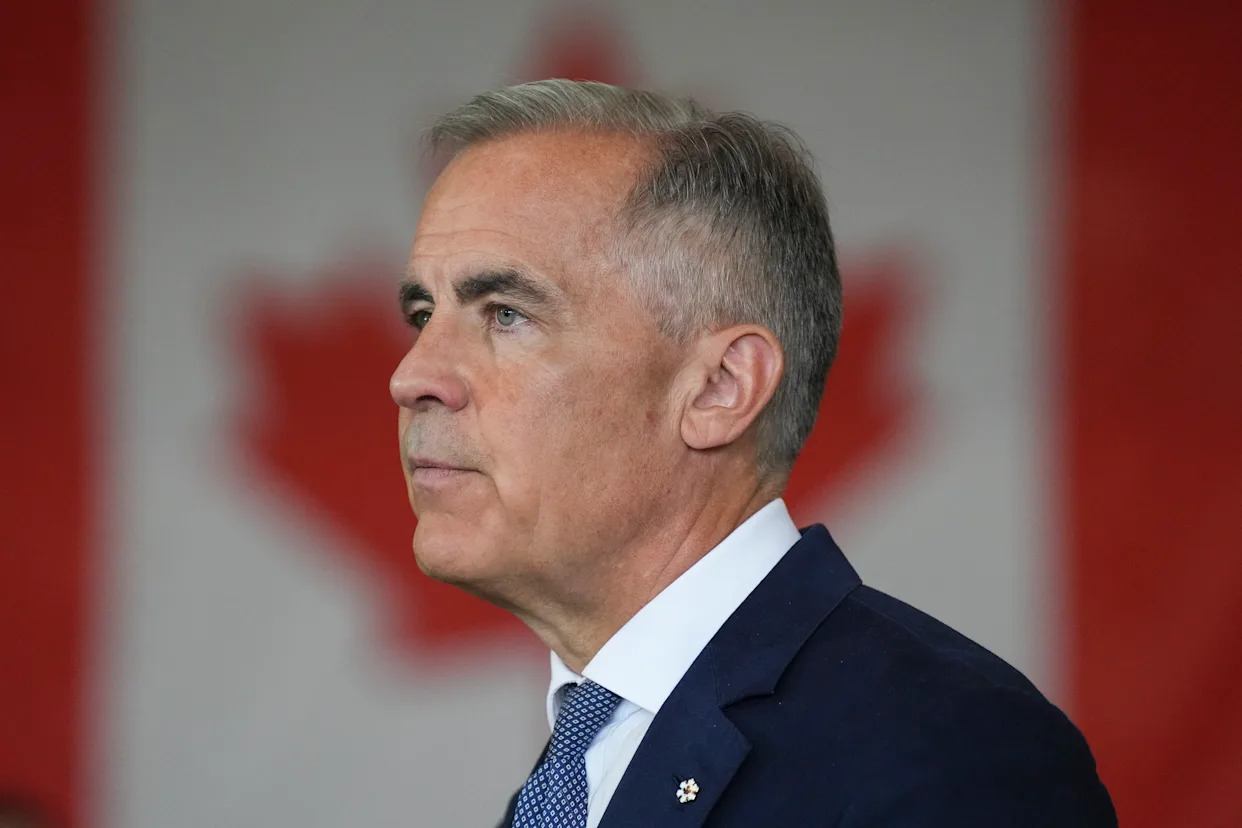The White House announced a significant escalation in trade tensions, with Donald Trump imposing a 35% tariff on goods imported from Canada, effective immediately. This move, a sharp increase from the previous 25%, comes amidst deepening concerns over Canada’s alleged insufficient cooperation on illicit drugs, intensifying the economic friction between the two North American neighbors.
The official statement late Thursday explicitly cited Canada’s perceived failure to adequately “arrest, seize, detain or otherwise intercept… traffickers, criminals at large, and illicit drugs.” This strong condemnation underscores the administration’s frustration with the flow of illegal substances across the border, presenting it as a primary driver for the severe new Trade Tariffs.
Earlier in the day, Donald Trump had foreshadowed the difficulties in reaching a new US-Canada Trade agreement, publicly expressing his exasperation with both the drug issue and a persistent trade deficit that largely stems from America’s oil purchases from Canada. These remarks highlighted a growing rift in International Diplomacy.
Canada, however, has vehemently refuted these claims, asserting that it accounts for a mere 1% of U.S. fentanyl imports and has invested substantially in border security measures to combat the flow of Illicit Drugs. This counter-narrative emphasizes Canada’s commitment to bilateral cooperation despite the increasing U.S. pressure.
Notably, Canada was conspicuously absent from a broader update on tariffs applied to other nations, which are slated to commence on August 7th. This specific targeting of Canada further underlines the unique nature of the current dispute and its immediate implications for US-Canada Trade.
The current imposition follows a warning letter sent by Donald Trump weeks prior, signaling his intent to raise duties on numerous Canadian imports. This persistent application of Trade Tariffs has steadily exacerbated tensions, threatening to undermine the long-standing alliance and International Diplomacy between the two countries.
Despite the new tariffs, certain imports from Canada retain protection under the 2020 United States-Mexico-Canada Agreement (USMCA), which is scheduled for renegotiation next year. The ongoing validity of the USMCA Agreement adds another layer of complexity to the evolving trade landscape.
The White House also indicated that goods transshipped through Canada, specifically those not covered by the USMCA Agreement, would face an even higher 40% tariff rate. The statement did not specify the origin of these goods, leaving a degree of ambiguity regarding the full scope of the new duties and their impact on broader US-Canada Trade.
Separate from the Canadian situation, President Trump also announced a 90-day negotiating period with Mexico following a recent discussion with Mexican leader Claudia Sheinbaum. This decision suggests a more nuanced approach to trade relations with other North American partners, contrasting with the immediate measures taken against Canada.






Leave a Reply